
The regions RMS offers busing from are:
Additional notes: Call for details and availability
How we see Rowntree Montessori Schools (RMS)
Compare with:
How Rowntree Montessori Schools (RMS) sees itself
"Founded in 1969, RMS has been "Nurturing Tomorrow's Achievers" for over 50 years. Rowntree offers a balanced and enriched curriculum, combining more traditional skills such as public speaking and handwriting with more modern approaches within a Montessori-inspired environment. Rowntree’s innovative use of technology and its genuine commitment to 21st Century teaching and learning are focused on creating a dynamic, engaging, and inclusive environment from which future leaders will emerge."
"At Rowntree Montessori Schools, we pride ourselves on our caring and stimulating approach to learning where we create a family oriented environment. Our smaller class sizes make it possible for teachers to develop close working relationships with our students and their families. We create a motivating and friendly atmosphere while addressing the individual learning needs and styles of each student."
"Rowntree Montessori Schools produces life-long learners and truly prepares our students for future academic and social success. Our diverse community, and academically progressive programs such as STEAM and Pre-KM French, alongside our inclusive teachers, and staff members result in our students consistently achieving above provincial standards."
"RMS is partnered with International Schools Partnerships; this allows our students to be globally connected with over 56 schools around the world! RMS student body partakes in global events allowing them to collaborate with students around the world; ISP Scientist, ISP Chess Competition, ISP Virtual Buddy Exchange, ISP Math Contest, ISP Model United Nations, and ISP Film Festival."
"Over the years parents are amazed at how well-rounded the RMS programme is. RMS indirectly sets the students up for success with their further experiences, both academically and socially. This takes place not just during regular scheduled classes, but also within the co-curricular programmes that are provided to the student body. Every grade is unique and the programmes provided reflects the transitions from primary years to middle years."




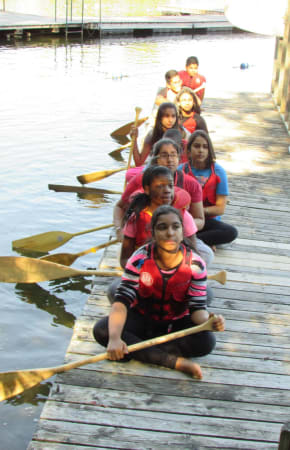





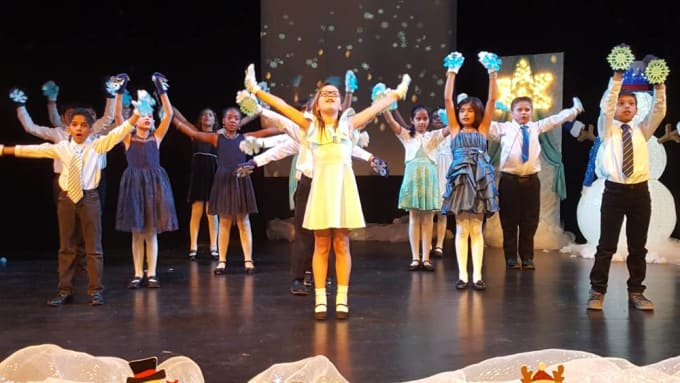



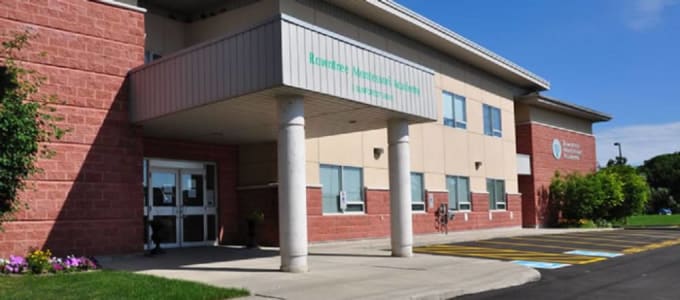

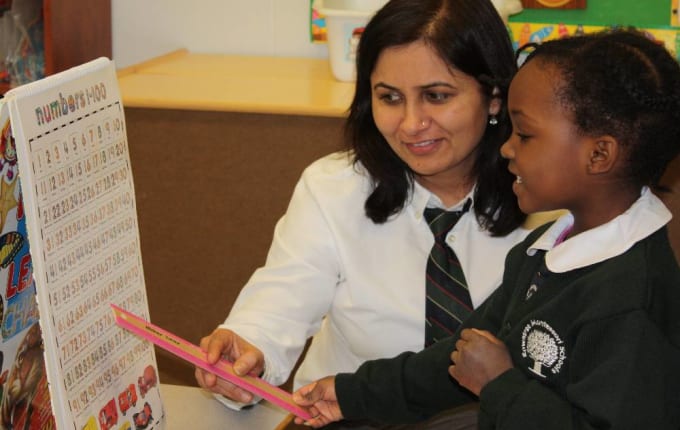
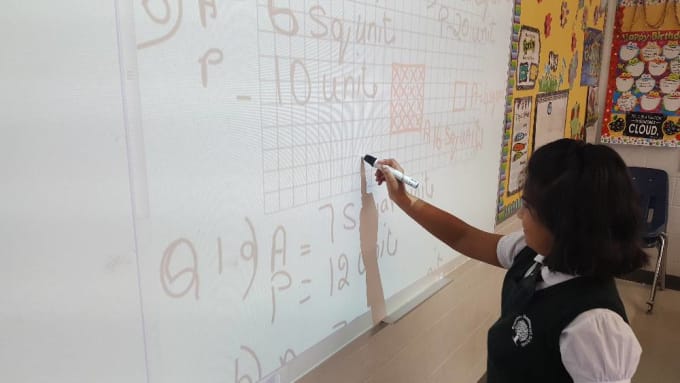




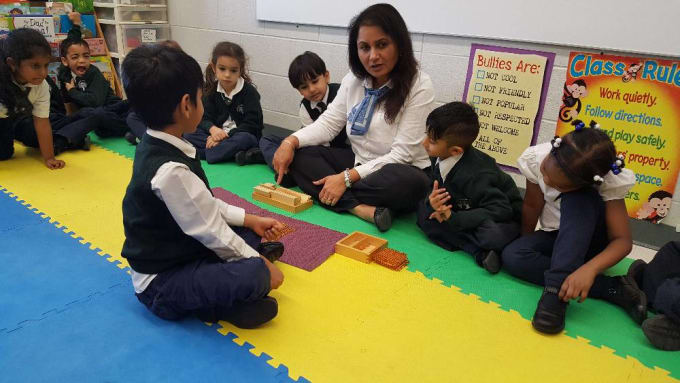
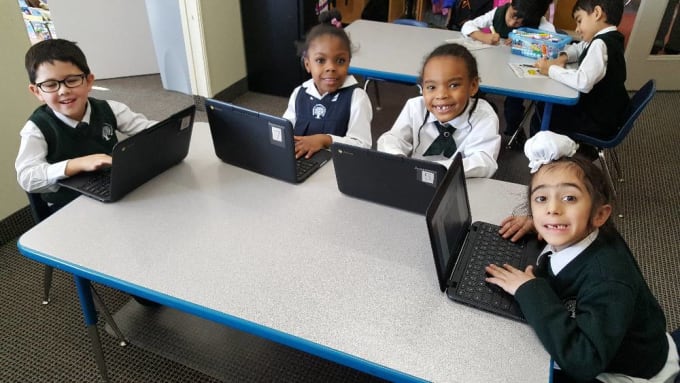


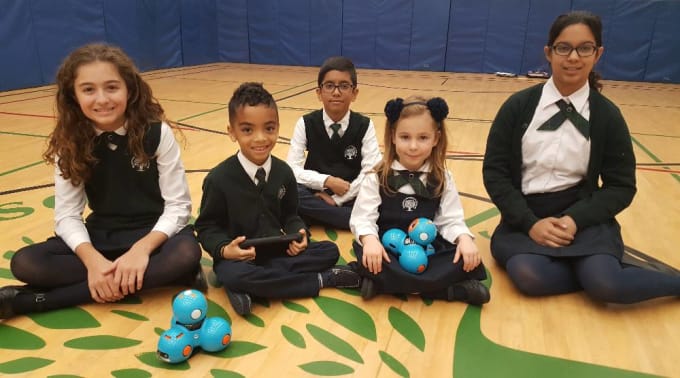

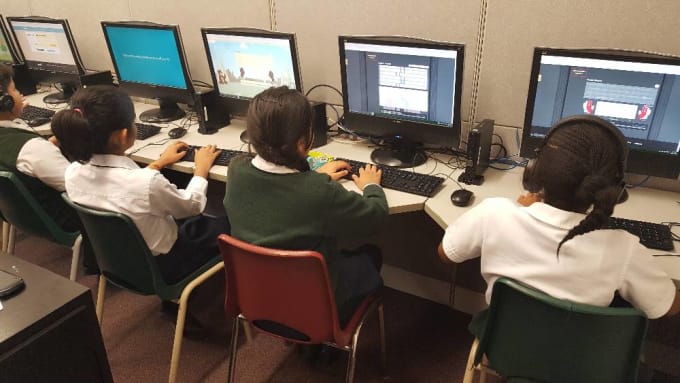



How people from the school’s community see Rowntree Montessori Schools (RMS)
Top-down influence on the school’s direction and tone

Mr. J. Harris, Director of Education and Academy Principal
B.A., B.Ed.,M.Ed.
Welcome to Rowntree, the largest and longest-running Montessori School in Brampton.
Our Montessori-based Kindergarten Montessori (JK-aged students) and Prep-ONE (SK-aged students) combine with our Elementary programme to provide an integrated and seamless Junior Kindergarten to Grade Eight experience. Rowntree takes a holistic approach to learning and education, with the primary goal of helping children to develop their maximum potential, not only cognitively, but also physically, emotionally, and socially.
The goal of Rowntree’s Elementary curriculum is to meet and exceed the expectations set by the Ontario Ministry of Education, and the school is very proud of its recent initiatives in the areas of Science, Technology, Engineering and Mathematics (STEM). Throughout the grades, Rowntree provides a more traditional classroom structure and the pursuit of academic excellence with the nurturing aspects of the Montessori approach. Small class sizes ensure that each child is provided with the attention that he or she needs in order to be successful.
Our commitment to “Nurturing Tomorrow’s Achievers” goes beyond our classroom walls. Co-curricular activities in the arts and athletics ensure a well-rounded school experience, and charitable fundraising connects our students with those in need within our community and around the world. Our LEGO® robotics club’s recent participation in the Provincial championships demonstrated how a strong academic foundation can lead to exceptional results in the co-curricular realm.
We appreciate that school choice can be a difficult one for today’s parent, and we encourage you to start planning for your child’s future now. We are accepting applications for our three Preparatory campuses for children entering Montessori Kindergarten (Junior Kindergarten age) to Grade Three and for Rowntree Academy (JK to Grade Eight). Our Academy campus is truly a first-rate private school environment, with the professional staff and facilities needed to provide an exceptional Elementary school experience.
Every day is an Open House at Rowntree, and we invite you to drop in for a tour any school day between 9:30 a.m. and 3:00 p.m. For those of you who may not be available on weekdays, we also offer several evening and weekend Open Houses throughout the year. For any questions about the school’s admission process, please feel free to contact Admissions at 905-790-3838 or [email protected].
We look forward to seeing you at Rowntree soon!
Jonathan Harris
Most big schools provide your extroverted child with plenty of social opportunities and the ability to interact with different peer groups with a wide range of personalities, interests, values, etc. A larger student population and more extracurriculars—including activities like team sports, arts programs, and debate—will give them a broader scope of opportunities to participate in events that scratch their interpersonal itch. “This may also give them the opportunity to hone certain skills,” say Ann and Karen Wolff of Wolff Educational Services. “For instance, they might run for student council to develop leadership and public speaking skills and learn to be a voice for other students.”
Make sure any prospective school, no matter what size, provides the right social environment to help your child feel at home, make friends, and develop confidence. This is especially important at big schools, which are sometimes more socially overwhelming and challenging for an introvert to find their bearings in. Of course, “Because larger schools usually have a more diverse student population, introverted kids are more likely to find a small group of people like them, a peer group they can relate to and find acceptance from,” says Dona Matthews, Toronto-based education consultant and co-author (with Joanne Foster) of Beyond Intelligence.
Bigger schools often have a broader scope of extracurricular activities, which is another way to help your child meet the right group of friends. “This may also give them the opportunity to develop certain skills,” say Ann and Karen Wolff of Wolff Educational Services. “For instance, they might run for student council to develop leadership and public speaking skills and learn to be a voice for other students. Remember, though, each child is different—so what works for one may not work for another.”
THE OUR KIDS REPORT: Rowntree Montessori Schools (RMS)
Next steps to continue your research:
Continue researching Rowntree Montessori Schools (RMS) with OurKids.net, or visit school website.